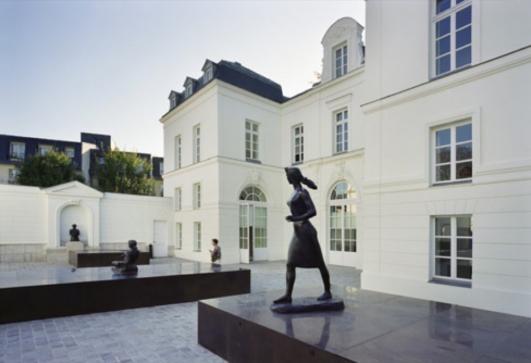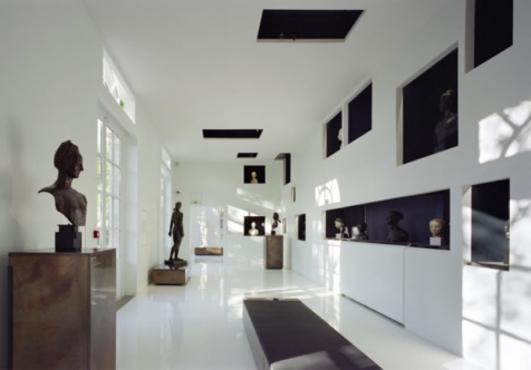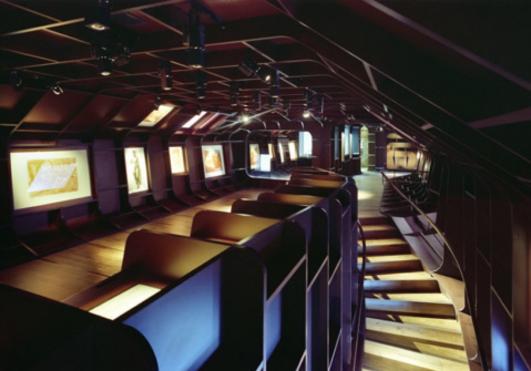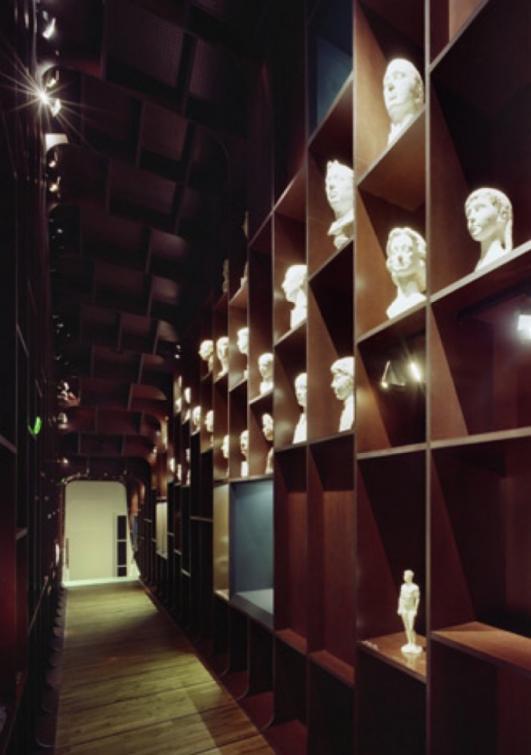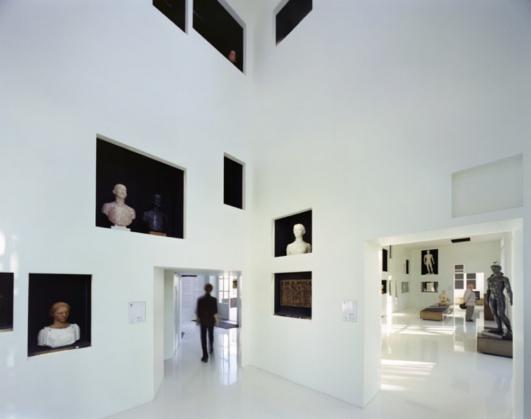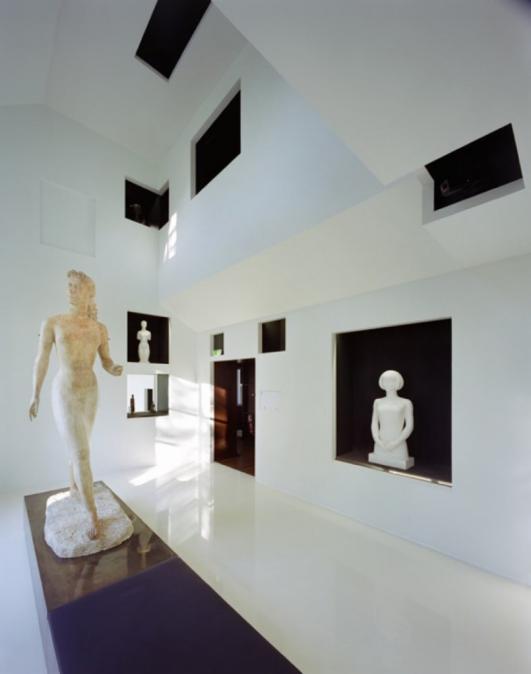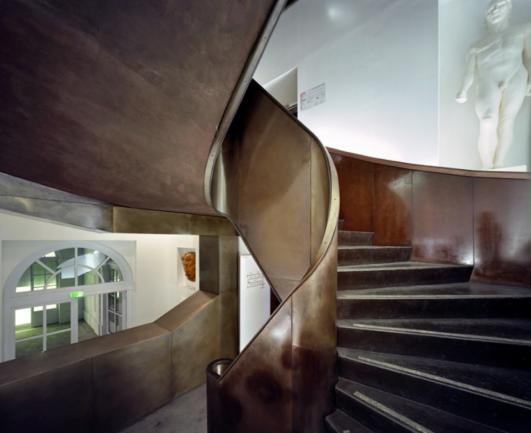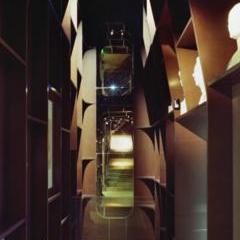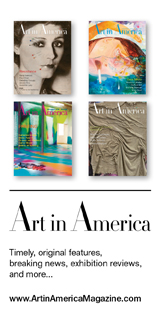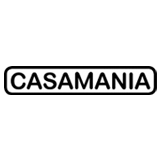Paul Belmondo Museum by Chartier-Corbasson Architects
Interior Architecture and Design
Built in the 18th century, the Chateau Buchillot at Boulogne-Billancourt consists of a main building with two wings opening onto a main courtyard. It is a historic monument, located in Edmond-de-Rothschild Park.
The work of Paul Belmondo is not very well-known, taking this into consideration architects Thomas Chartier and Karine Corbasson set out to develop a design that created a deep interaction between the medium and the spectator, suggesting ways of not just seeing, but also living the work.
The architects’ design provides two types of ambiance: displaying the works in a serene white setting and moving around within the walls. The architecture incorporates the works through niches, windows, upthrust floors and soaring ceilings, elements that help to set the scene by framing the works and providing multiple points of view and opportunities for discovery.
Areas were created to incorporate the idea of modulability: they can be used as storerooms or a stage. Their use can vary over time, the systems are simple and can be dismantled or adapted as required. Bringing these two spatial typologies into proximity creates a richness, a flexibility of usage. Links are created without disrupting a neutral, more classic vision of the work, but the system does facilitate an understanding of Belmondo’s work.
These two spaces are linked by a single path, almost a guideline. The very structure of the building contributes to this concept: it has two faces, overlooking both the courtyard and the garden, and a number of different levels depending on the orientation. Staircases and lifts have been included to enhance the flow of movement, and always enrich the setting. In the same way, service areas (reception, cloakrooms etc.) have been designed to be part of the staging. The architects believed it was important to make the practical aspects of the building resonate with the discovery of the works. The whole building, its entire architecture, serves the works.
Images © Romain Meffre and Yves Marchand
